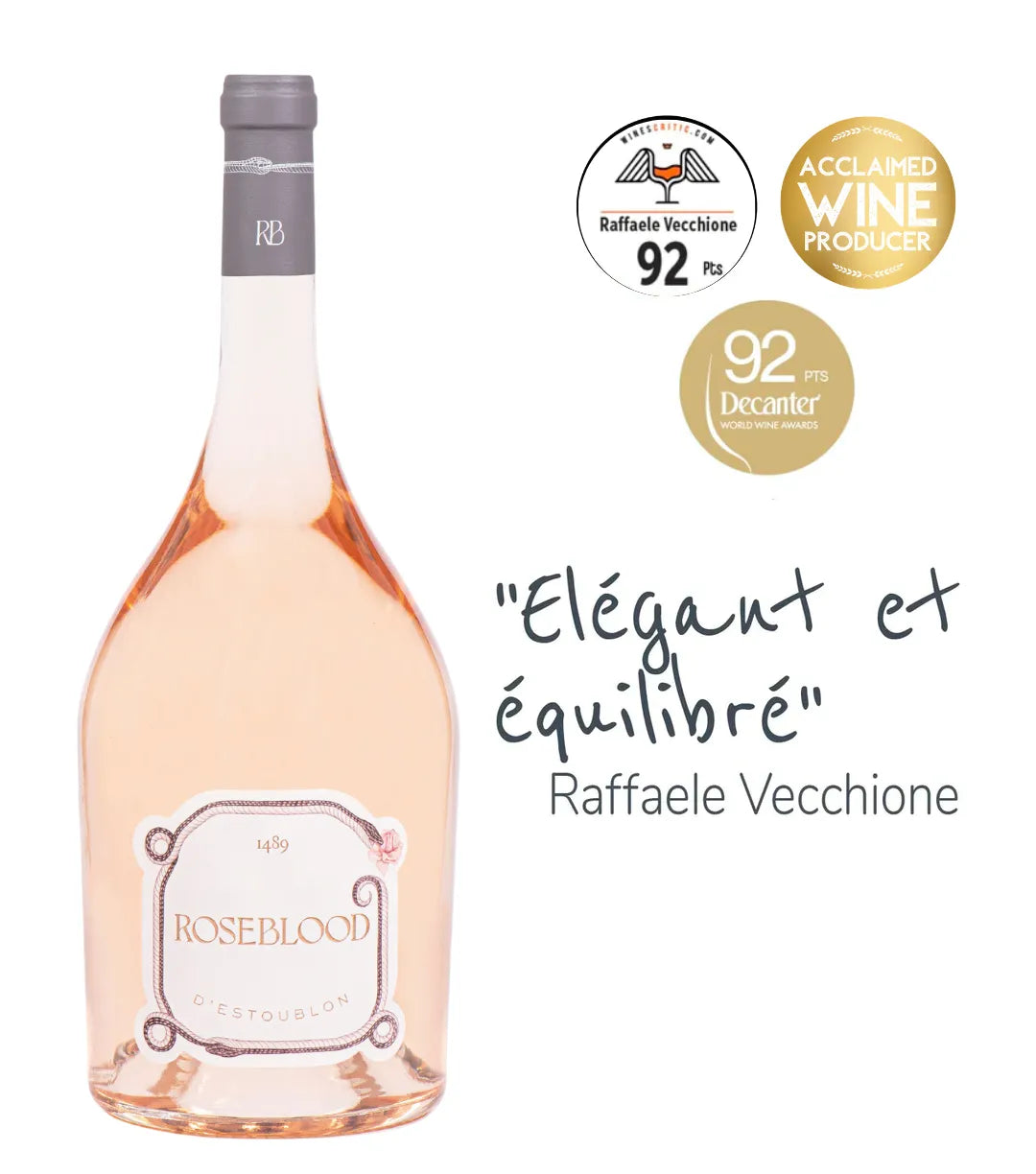
23 products
Our Large Formats
Free delivery on your first order or orders over €150 (France only)
Free delivery on your first order or orders over €150 (France only)


If you're celebrating a special occasion, why not take it up a notch and go L or XL? From a Champagne magnum to a Jeroboam, Methuselah, or Balthazar, the red carpet is rolled out for the kings of ancient Persia. Huge bottles of wine offer not only a spectacle but also a fascinating history lesson. A magnum bottle will transform any celebration into an unforgettable event.

Barossa Valley, Australia

Châteauneuf-du-Pape AOC Rhône, France

Stellenbosch, South Africa

Champagne AOC Champagne, France

Adelaide Hills South Australia, Australia

Barolo DOCG Piedmont, Italy

Stellenbosch, South Africa

Adelaide Hills South Australia, Australia

Chianti Classico Gran Selezione DOCG Tuscany, Italy
Magnum bottles, often associated with lavish celebrations and festive events, have their origins in an ancient winemaking tradition. This format, twice the size of a standard 75 cl bottle, is appreciated not only for its impressive appearance but also for its practical and oenological advantages. Magnum bottles are used for champagne, red wine, rosé, and white wine, the Magnum has become a symbol of refinement and quality.
The Advantages of the Magnum Format for Wine Preservation
The Magnum format, with a capacity of 1.5 liters, offers significant advantages for wine preservation. The primary reason is the ratio of wine volume to the surface area in contact with air. In a Magnum bottle, this ratio is lower, allowing for slower oxidation and more harmonious aging. This better preservation is particularly beneficial for aging wines, whether they are red wines, champagnes, rosés, or white wines. Slower oxidation means that aromas and flavors develop more evenly, allowing the wine to retain its freshness and vibrancy over a longer period.
Additionally, the Magnum format ensures a more uniform and often longer maturation, thus enhancing the complexity and depth of aromas. The larger volume of liquid acts as a thermal buffer, protecting the wine from temperature fluctuations that can alter its quality. This stability is crucial for wines intended for prolonged aging, where every nuance of flavor is important.
The Different Large Formats of Wine Bottles
The history of wine is rich and complex, spanning several millennia. Large bottle formats like the Magnum, Jéroboam, and Nabuchodonosor have evolved not only to meet practical needs for preservation and transport but also to acquire cultural and historical significance. These large formats have their roots in ancient traditions where wine was often produced and stored in large quantities for royal feasts and religious rituals. Today, these formats continue to symbolize conviviality, sharing, and celebration.
The Magnum (1.5 L) is ideal for convivial gatherings. This format is perfect for the preservation and aging of wines. By doubling the capacity of a standard bottle, it allows for a unique tasting experience while benefiting from improved aging.
The Jeroboam (3 L), equivalent to four standard bottles, is particularly popular for large parties and special occasions. This format is commonly used for red wines and champagnes. The Jeroboam allows serving many guests while offering a spectacular presentation.
The Réhoboam (4.5 L), mainly used for champagne, is ideal for large celebrations. With six standard bottles in one, it adds an impressive dimension to any reception.
The Mathusalem (6 L) corresponds to eight standard bottles. This majestic format is perfect for grand events. It is often used for champagne and aging wines. The imposing size of the Mathusalem makes it the perfect choice for weddings and large parties.
The Salmanazar (9 L), with a capacity of twelve standard bottles, impresses with its size. It is often reserved for very important events. Its large capacity is ideal for large-scale receptions where making a lasting impression is essential.
The Balthazar (12 L), equivalent to sixteen standard bottles, is a rare and highly prestigious format. Its presence is often the highlight of any event, symbolizing opulence and generosity.
The Nabuchodonosor (15 L), this huge bottle, containing twenty standard bottles, is the pinnacle of luxury and grandeur in the wine world. Used mainly for the most prestigious occasions, the Nabuchodonosor is a testament to viticultural excellence and the ability to produce exceptional wines.
Magnum bottles and other large wine formats transcend their simple utilitarian function to become symbols of celebration, tradition, and quality. Each format, from Magnum to Nabuchodonosor, brings unique value in terms of both presentation and wine preservation.

















